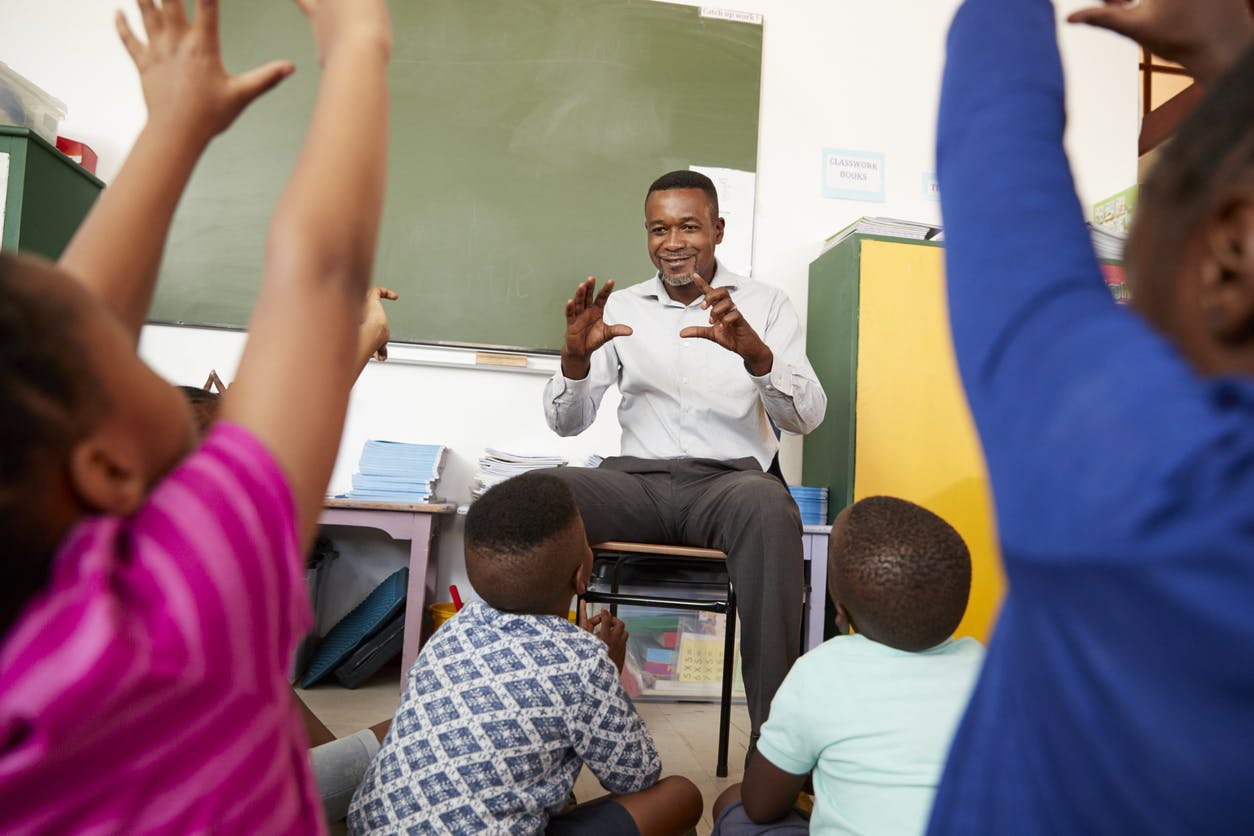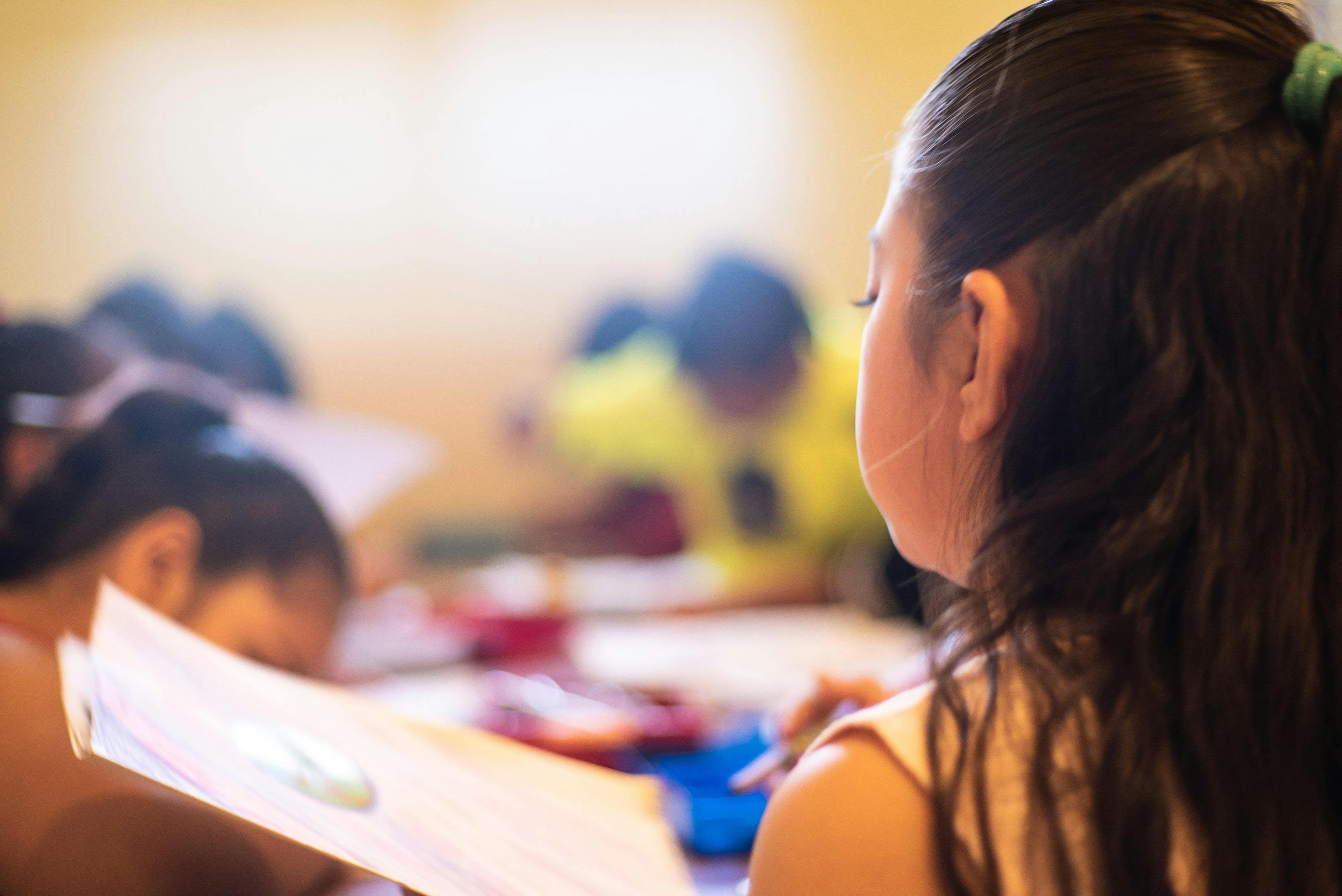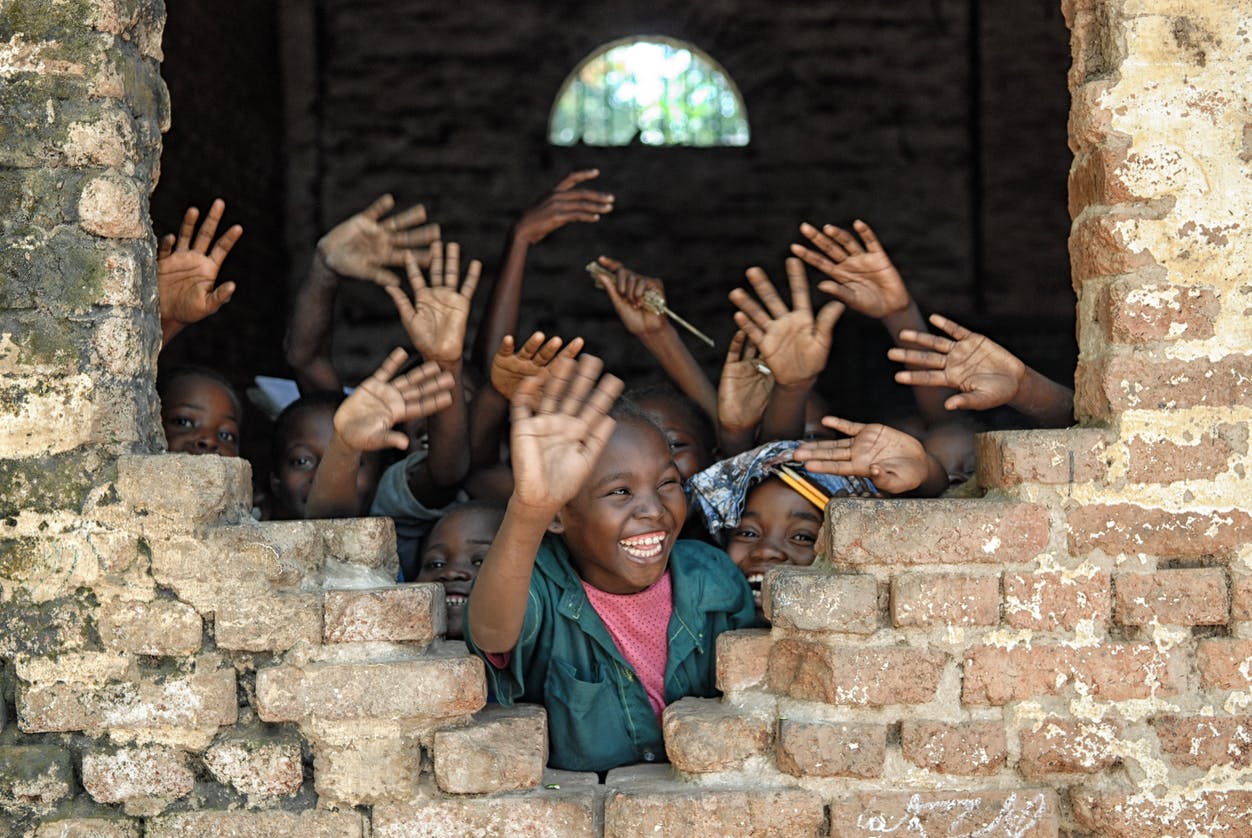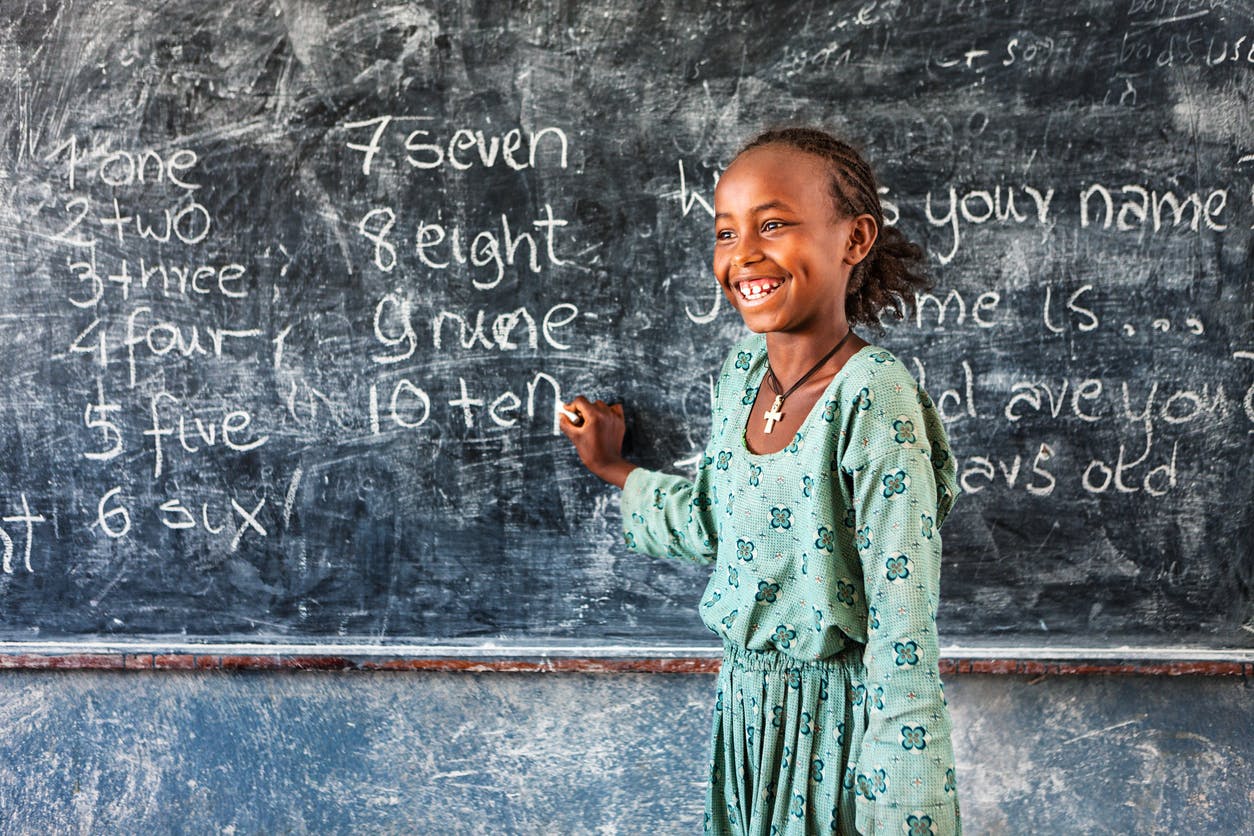A billion children spend a significant proportion of their time in school every day, making school settings a key factor in interventions to save more children from violence.
Over my two decades of working in the field of child rights and child protection, only once did a global spotlight come close to focusing on violence against children.
When the Sustainable Development Goals were set by the UN Secretary-General in 2015, protection of children from violence was among the 169 targets. We now have a specific focus on preventing violence against children which is contained in Target 16.2 (end abuse, exploitation, trafficking and all forms of violence against and torture of children). As a result of that momentum, there was increased awareness at all levels of violence, its consequences and the barriers it poses to development.
Every year 246 billion children and young people around the world experience violence in and around schools. This is a global phenomenon.
Children learning in a safe environment is fundamental for the quality of human life. Preventing violence against children in schools is critical.
When the Good Schools Coalition carried out an evidence review it clearly showed that to address violence against children we must invest in prevention.
Schools present a unique opportunity to reach large numbers of children
More than a billion children go to school every day. Structurally, schools gather children as a “captive audience” in the presence of adults who have a mandate to influence their welfare in a positive way. Interventions at school benefit from easier access and a regular presence in children’s lives. We can reach a large number of children over an extended period of time through the same set of individuals.

Schools have a mandate to prevent violence against children

Teachers and adults working in school environments have a duty of care towards children and are custodians of children’s potential.
Therefore, schools provide an opportunity to both minimize the exposure to violence and mitigate some of the effects of the violence experienced elsewhere.
There is no other equivalent opportunity to influence a child’s development as there is at school.
Schools operate as a system in service of the community
Most schools are publicly funded and therefore are administered through policies and established practice. Schools are governable, open to scrutiny, and held accountable to a collective aspiration such as the community’s hopes and wishes that the school will enhance their children’s development, equip them to succeed and become better citizens.
Unlike a home environment that has its own social autonomy, a school is an ideal setting for planned and systematic interventions and is primed to materialize the highest aspirations of the community. Thus, a systematic, at-scale intervention is much more likely to find traction within the school environment.
Everyone desires to create a better school
Every government has a mandate to influence what happens at school, and every parent has a stake in what the school offers their child. Every teacher has a role to play in creating vibrant schools, and every student’s quality of life depends on the quality of their school. Such a converging and intersecting set of priorities gives rise to a collective momentum to act on ideas that can advance shared goals. In such a fertile environment, if prevention of VAC is made a priority of these collective aspirations, the intervention has a unique chance of gaining traction.

Children learning in safe environments are empowered
Addressing violence against children is a development issue, and investing in violence prevention via schools will deliver a positive impact towards achieving the other SDGs. The countdown is on to 2030, but by working together we can, and must, end violence against children.

